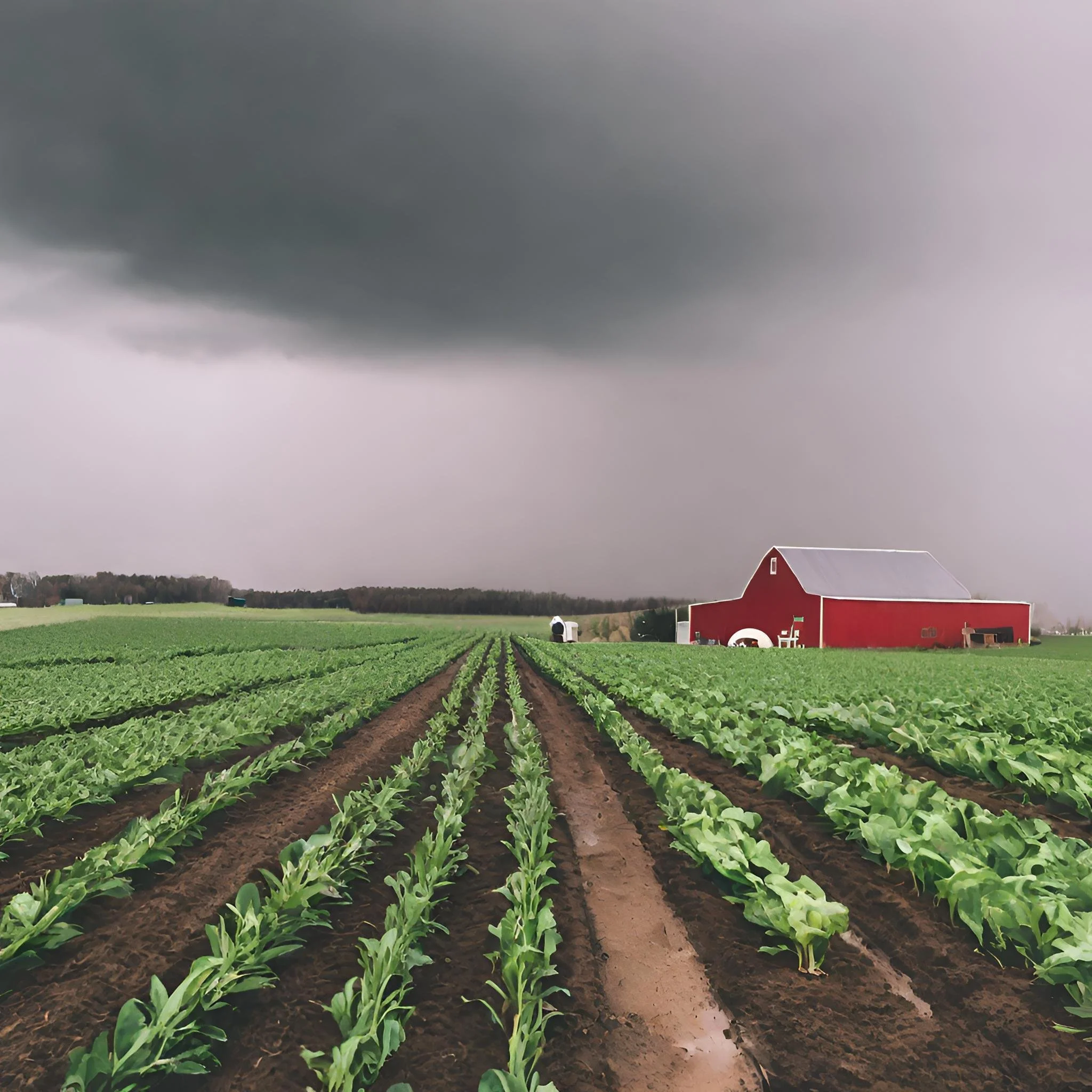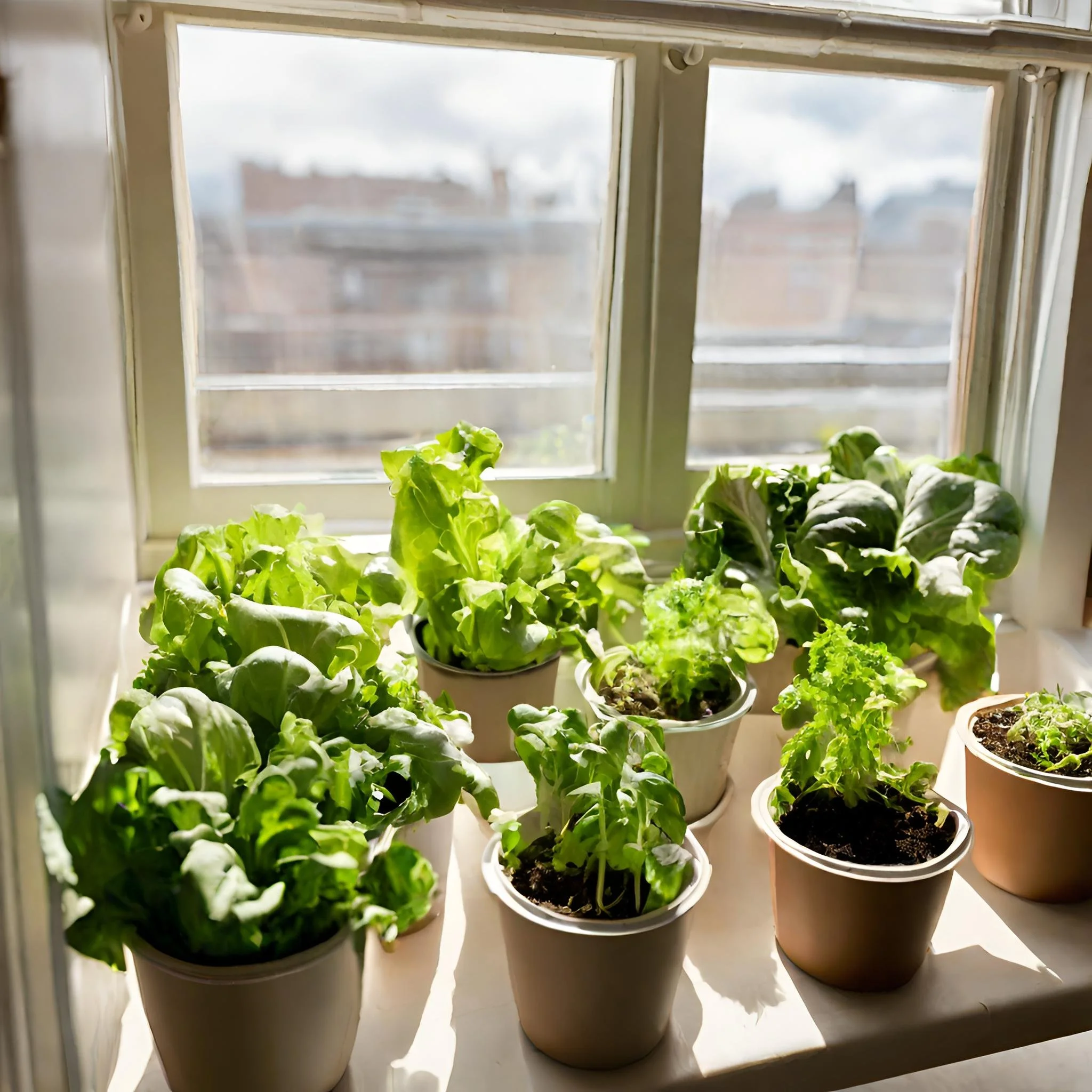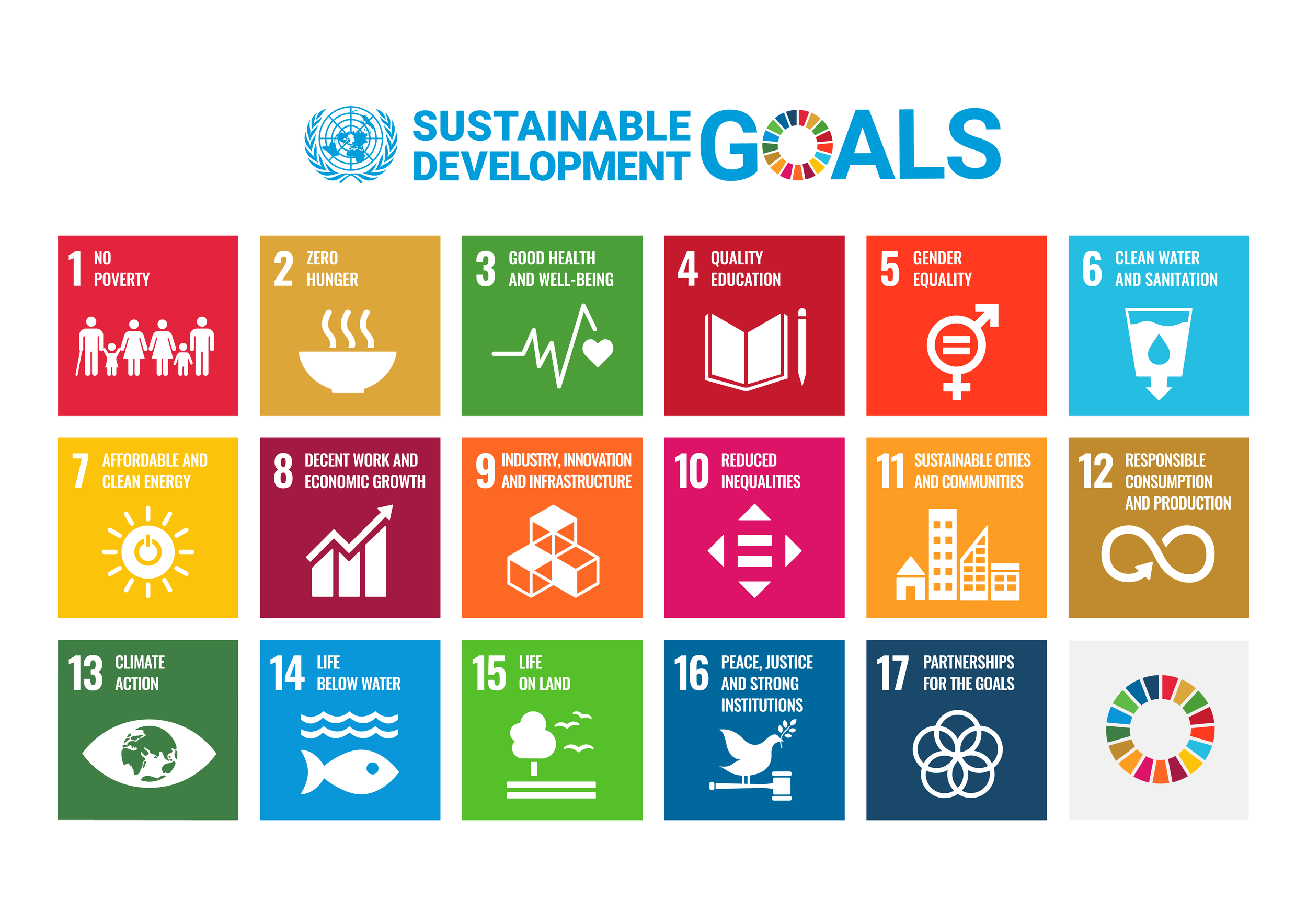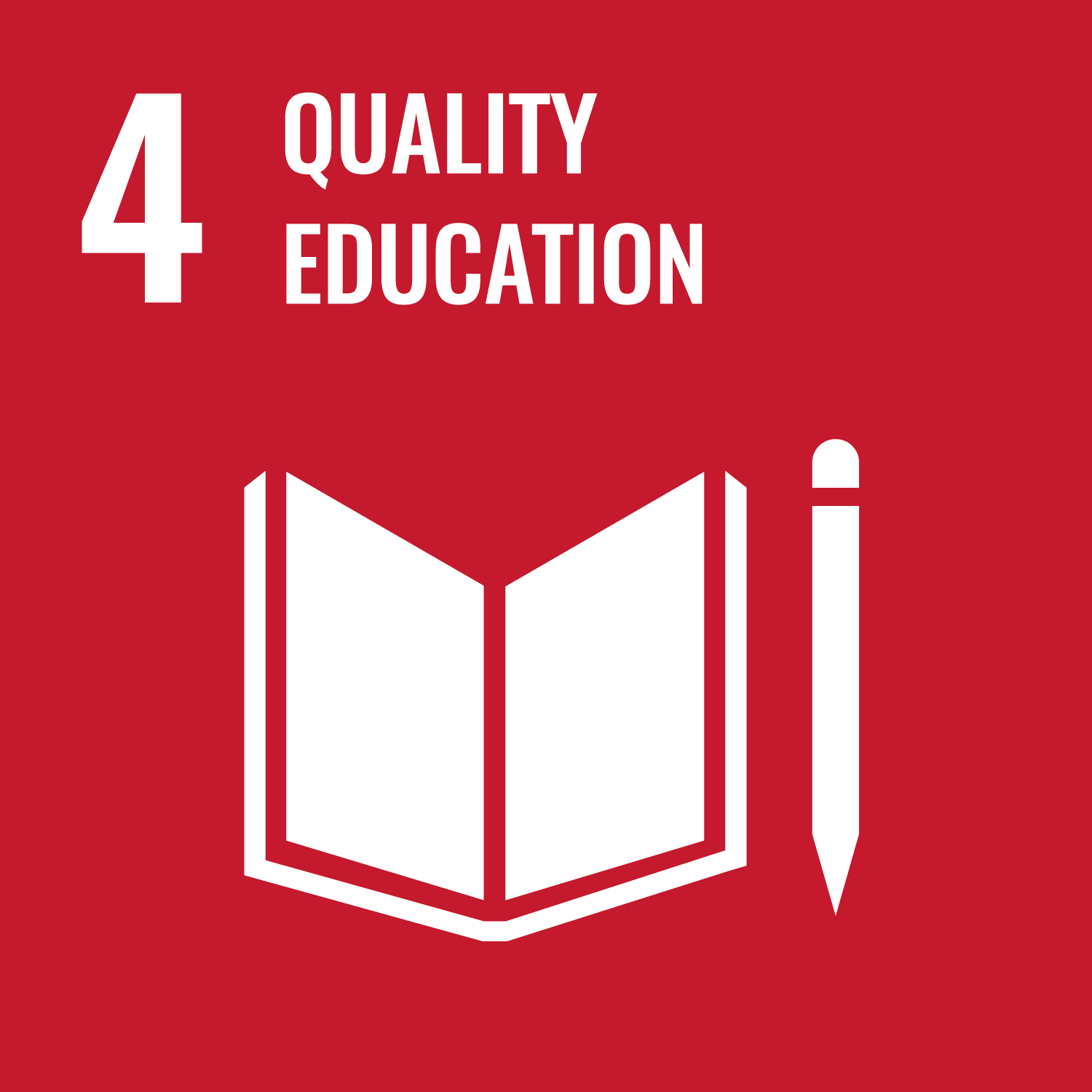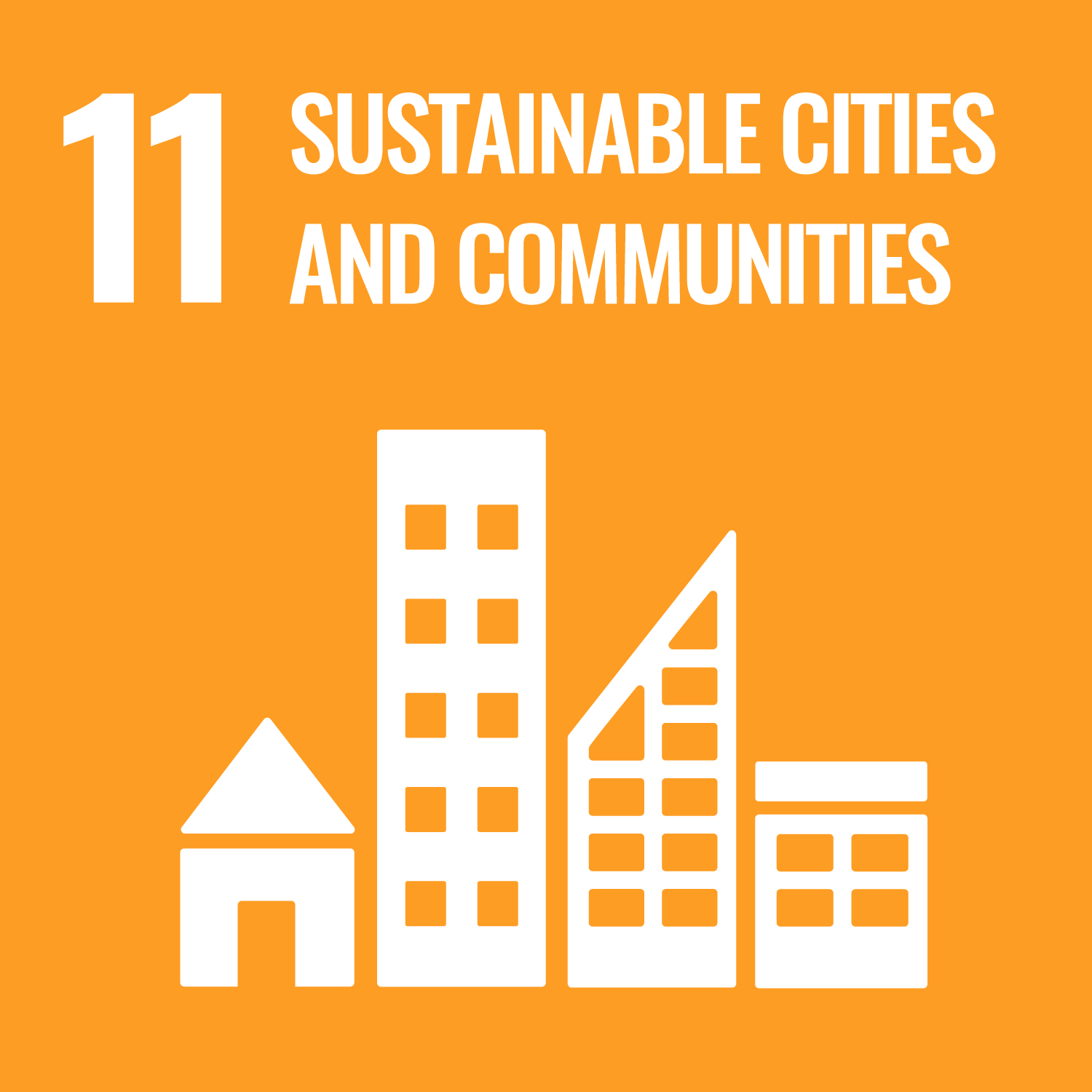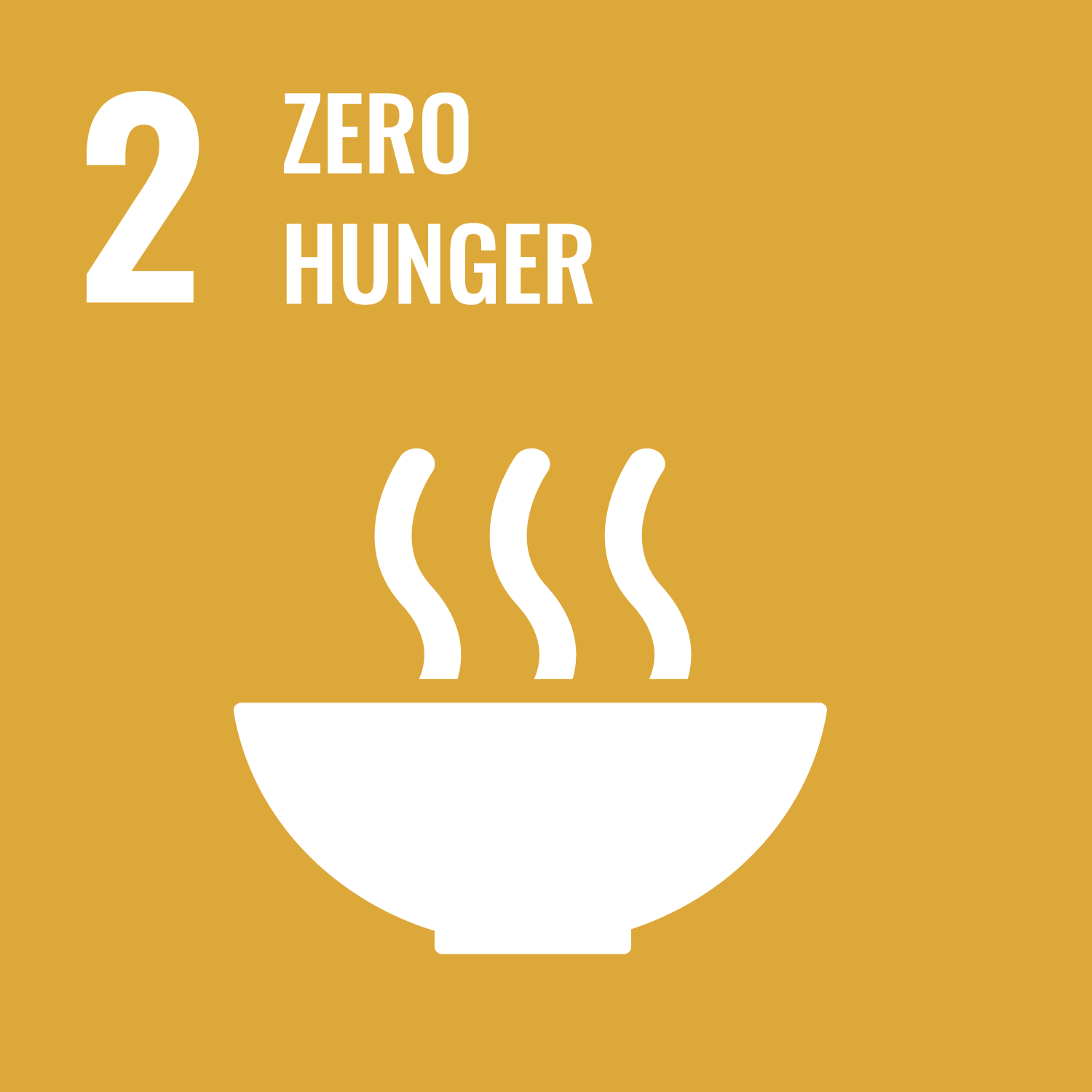
We grow and produce safe, sustainable, and nutrient-rich food for everyday life while investing in the systems that will feed life in space.
A food system that is already in crisis
Climate change
The agriculture industry contributes to approximately 20% of global greenhouse gas emissions. Unpredictable weather patterns can negatively impact the size and quality of outdoor-grown yields.
Population projections
As global fertility rates continue to decrease and life expectancy increases, we face the risks of both a population collapse and an unsustainable increase in population size. It is crucial to take action to prevent a global collapse and ensure sustainable growth for the future.
Food safety outbreaks
Bacteria, such as E-coli and Listeria monocytogenes, have the potential to contaminate produce grown in fields through various means, including water, composted manure, wildlife, and harvesting equipment.
Food & nutrition insecurity
Climate change, population growth, and other world events are having a significant impact on food availability, ultimately leading to food and nutrition insecurity. Farms must adapt to these changes to mitigate global poverty, malnutrition, and starvation.
Depletion of natural resources
Agricultural land degradation and water scarcity are pressing concerns. The availability of cultivable land and suitable soil is shrinking, while approximately 70% of the world's freshwater resources are utilised for agriculture, with a staggering 60% of that amount being wasted.
Food supply chain instability
The self-sufficiency of food production has been declining annually, and there is mounting pressure for supply chains to adopt sustainable practices, with the goal of achieving zero-carbon emissions by 2030.
Use of chemical treatments
The application of chemical fertilisers, pesticides, and herbicides has detrimental impacts on the environment and the well-being of its inhabitants.
Evolving Food systems
Growing internally
Producing crops indoors.
Growing hydroponically & aeroponically
The process of cultivating crops without soil, delivering nutrients and minerals via water or mist.
Growing vertically
Arranging crops in layers.
Growing botanically & gastronomically
Food production and consumption supported by the science of plants and healthy eating.
Growing locationally
Producing food where it is consumed.
Growing technologically
Cutting-edge operating systems, automated robotics, and artificial intelligence utilise research and data in plant and crop science to regulate variables, guaranteeing optimal growth, taste, and nutrition.
Growing futuristically
A healthy and sustainable food supply is essential for the survival of space explorers and any future civilisations established in harsh environments with limited access to water.
Why evolve?
The 2030 agenda for sustainable development
Fresh Heights contributes to the implementation of the following Sustainable Development Goals (SDGs):


